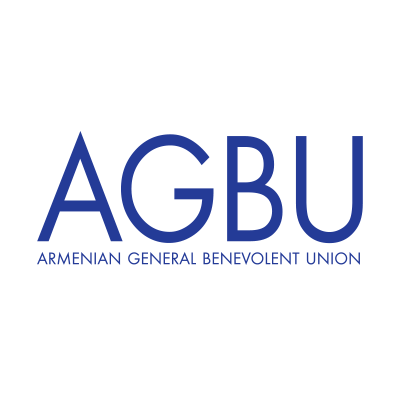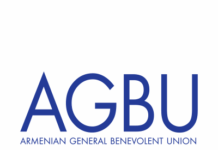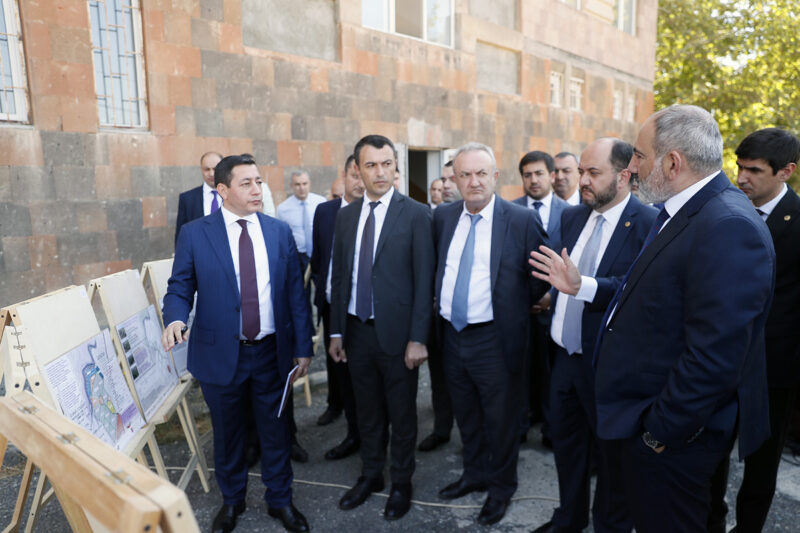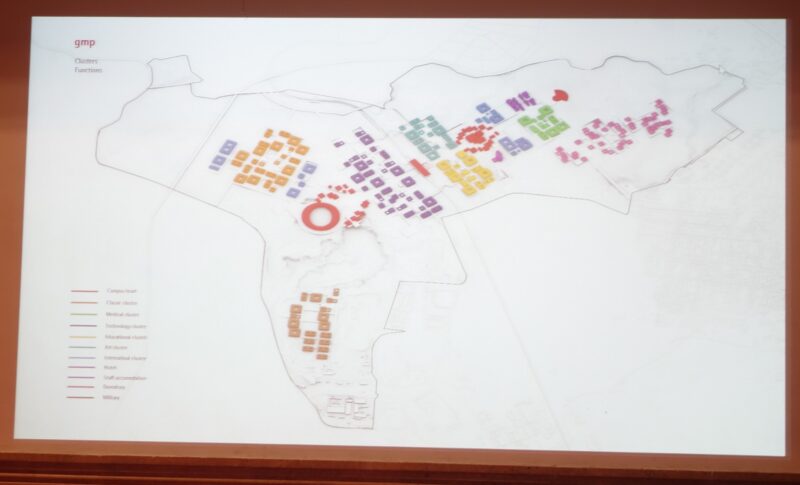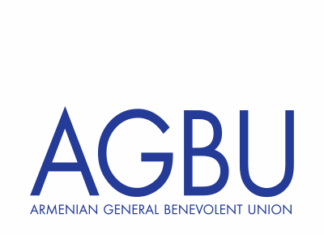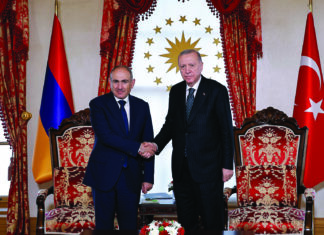WATERTOWN — The creation of what is being called Academic City by the government of Armenia is a major plan for the reorganization of institutions of higher education and research in Armenia which will also change the face of the city of Yerevan if fully realized. It involves the merger of universities to form larger units, to which research institutions will be connected in academic clusters, all of which will move to a new location on the outskirts of the capital. Courses will be offered free for all students there. This complex reform plan has been the topic of much discussion and controversy. The current article is an attempt to present an overview of its main components along with some of the reactions it has evinced.

Interviews of Dr. Zhanna Andreasyan, Minister of Education, Science, Culture and Sport (henceforth referred to as Ministry of Education for short) since 2022; Stephan Schütz, Executive Partner, and Associate Partner Tobias Keyl at Gerkan, Marg and Partners (gmp), the German architectural firm designing Academic City; robotics engineer Tigran Shahverdyan of Gituzh (“Power of Science”), an initiative of businessmen, foundations and associations supporting technology and science in Armenia; and Suren Aloyan, founding president of Dasaran Ed Tech Company (and Gituzh member), were conducted for this purpose. A number of individuals involved in education were consulted who declined to speak on the record, professedly out of concern for preserving good working relations with the Armenian government.

The motivation for the aforementioned reforms is the crisis being experienced by higher education and research in Armenia. According to a recent report by the Armenian Center for Socio-economic Studies (ACSES), the number of university students has declined 21 percent between 2013 and 2023 (from 100,854 to 79,513), while the rate of inclusion in higher education increased from 42% to 60%, leading to less selectivity. Despite increases in government spending on education in recent years, the number of scholars and researchers in Armenia are also on the decrease while Armenia’s universities generally are not highly ranked in international comparisons.
Andreasyan declared that discussions about reforming Armenia’s institutions of higher learning have been taking place for at least over a decade, even during prior regimes, including concerning combining institutions of higher learning to create larger universities, and with advice from international organizations.

The current plan for Academic City was first presented in 2021 by the government as a general idea, and then much more developed in the state plan for the strengthening of education until 2030. This plan was confirmed by the Armenian National Assembly at the end of 2022. Things became more concrete in 2023: in March, the government established an action plan with deadlines and concrete tasks to be done per year; in April, the Academic City Foundation was established to carry out this plan; in mid-October, the government cabinet approved the concept or vision of the Academic City; and a week later, a contract was signed with gmp for the design. This year, a preliminary draft of the master plan for the city was unveiled to the public at the end of January, and a more worked out version will be ready next month.
The government foresees the work to be done in three stages: the planning or designing stage, which began in October 2023 and will finish in September 2025, construction, from 2025 to the end of 2029, and then initial use with one or two clusters of academic institutions from 2030.
